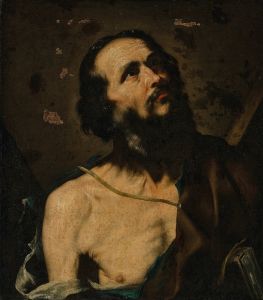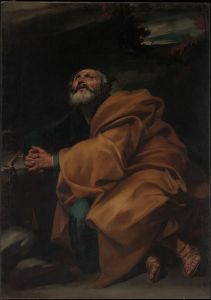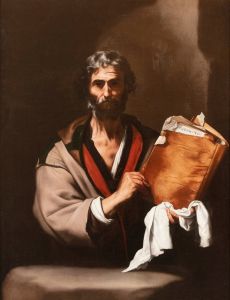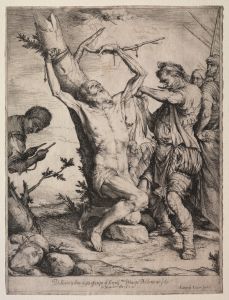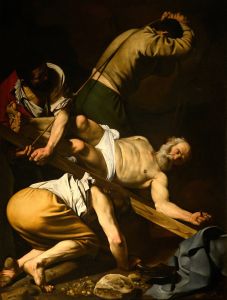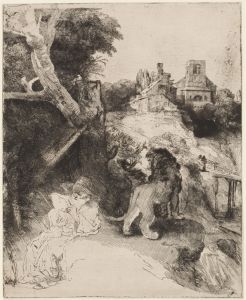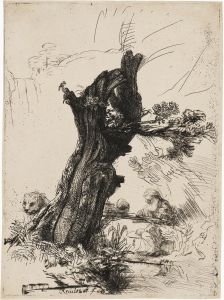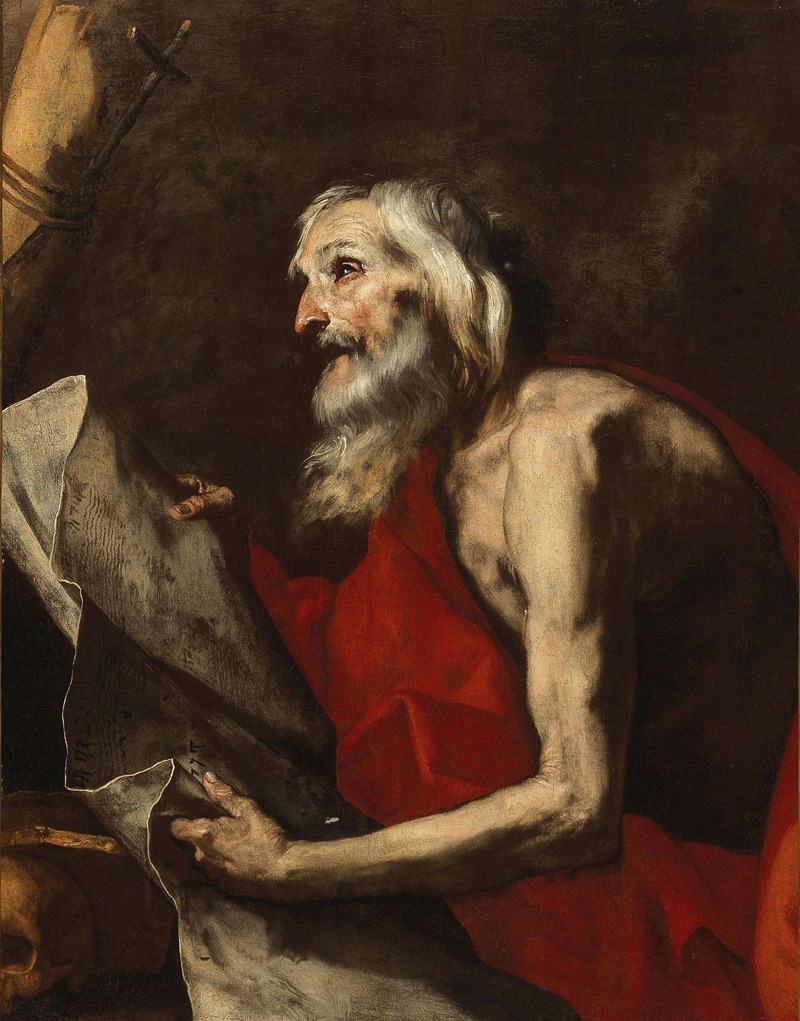
Saint Jerome
A hand-painted replica of Jusepe de Ribera’s masterpiece Saint Jerome, meticulously crafted by professional artists to capture the true essence of the original. Each piece is created with museum-quality canvas and rare mineral pigments, carefully painted by experienced artists with delicate brushstrokes and rich, layered colors to perfectly recreate the texture of the original artwork. Unlike machine-printed reproductions, this hand-painted version brings the painting to life, infused with the artist’s emotions and skill in every stroke. Whether for personal collection or home decoration, it instantly elevates the artistic atmosphere of any space.
"Saint Jerome" is a painting by the Spanish artist Jusepe de Ribera, who was active during the early 17th century. Ribera was a prominent figure in the Baroque movement, known for his realistic depiction of religious and mythological subjects. He spent most of his career in Italy, particularly in Naples, where he became a leading painter of the Spanish-controlled city.
The painting "Saint Jerome" is one of Ribera's many works that depict the Christian scholar and translator, Saint Jerome, who is best known for translating the Bible into Latin (the Vulgate). Ribera's portrayal of Saint Jerome is consistent with the Baroque style, characterized by dramatic use of light and shadow, known as chiaroscuro, and a focus on realism and emotional intensity.
In this painting, Ribera captures Saint Jerome in a moment of deep contemplation or study, which is a common theme in depictions of the saint. Jerome is often shown as an ascetic figure, reflecting his life of penance and scholarship. Ribera's depiction typically includes traditional iconography associated with Saint Jerome, such as a skull, a crucifix, and a Bible, symbolizing his meditation on mortality, faith, and his scholarly contributions to Christianity.
Ribera's technique in "Saint Jerome" showcases his mastery of texture and detail, particularly in the rendering of the saint's aged skin and the rough fabric of his clothing. The use of light in the painting highlights the saint's expressive face and hands, drawing the viewer's attention to his intense focus and spiritual devotion. This use of light not only enhances the realism of the scene but also imbues it with a sense of drama and immediacy, hallmarks of the Baroque period.
The painting reflects Ribera's interest in human anatomy and his ability to convey the physical and psychological presence of his subjects. His attention to detail and the naturalistic portrayal of human figures were influenced by his exposure to the works of Caravaggio and other Italian masters during his time in Italy.
"Saint Jerome" by Jusepe de Ribera is housed in various collections, with different versions and interpretations by the artist existing in museums around the world. Ribera's works, including his depictions of Saint Jerome, are celebrated for their powerful realism and emotional depth, making them significant contributions to Baroque art.
Ribera's influence extended beyond his lifetime, impacting both Spanish and Italian art. His works are studied for their technical brilliance and their ability to convey complex religious themes with clarity and emotional resonance. "Saint Jerome" remains a testament to Ribera's skill as a painter and his deep engagement with the spiritual and intellectual currents of his time.






